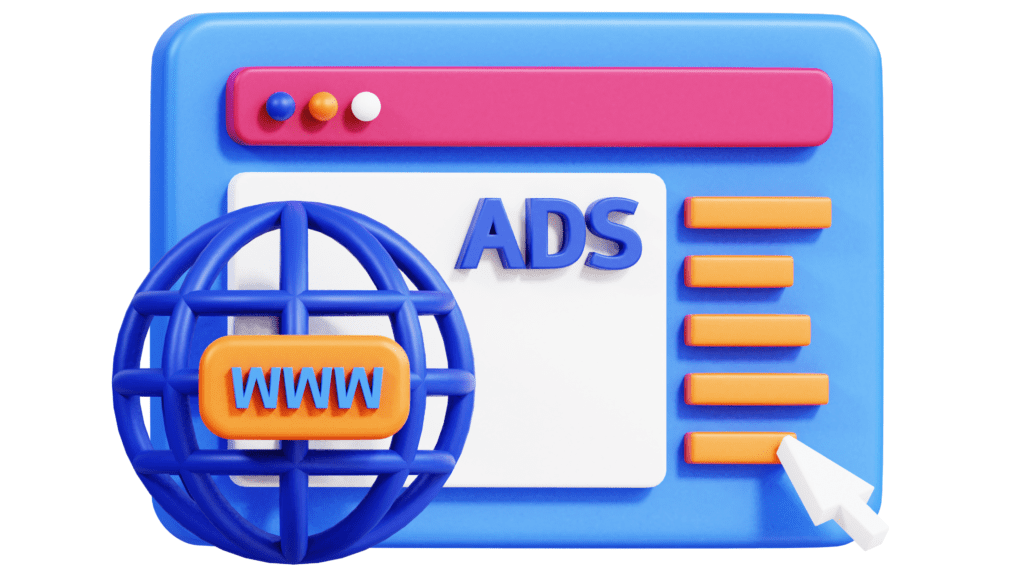There are two giants when it comes to online advertising, the ever-present Meta (Facebook/Instagram) and the omnipresent Google. Both platforms have their own unique advantages and can help you reach your target audience, but they operate in different ways.
Part of our work at Central Florida Media Group includes helping business navigate online advertising and choosing the best fit for their business needs. Breaking down the key differences may help you decide which one is the best fit for your business advertising needs.
Stay on Target
Identifying your target audience is crucial to getting your business in front of the right people. So how do Google and Facebook target their ads to the people on their platforms?
Facebook/Meta is known for their advanced targeting options that include everything from basic demographics like age and location to specific interests and even life events like getting a new pet. Facebook also allows you to create “Lookalike Audiences,” which lets you reach new people who are similar to your existing customers.
Google Ads, on the other hand, focus on key words and searches. As the most popular search engine, these ads are targeting users who are actively searching for your style of products or services, which makes them more likely to convert to sales. In fact, Google’s Display Network is so expansive, it reaches 90% of internet users worldwide! Want to learn more about Google Ads? Check out this CFMG blog post for more information.
Format Matters
Facebook Ads are visual ads. This means you can communicate your message through still images, carousels, and videos. The ads are designed to fit into a user’s feed, which encourages likes, comments, and link clicks.
Google Ads are primarily text driven, though they do offer display and video format ads as well. Google also offers shopping ads that allow e-commerce businesses to showcase individual products, prices, and ratings directly in the search results. Google Ads and Shopping Ads help you reach your target audience at the right stage of the lead funnel, increasing the chances of converting an inquiry into a sale.
Cost and ROI
Both advertising giants are going to charge a business per ad click, also called a Cost Per Click (CPC). Facebook Ads, on average, are cheaper than Google Ads. According to Shopify, a leading company in e-commerce, Facebook Ads have an average CPC of $0.77, while Google Ads are $4.22.
While Facebook may be more cost effective, Google Ads are connecting with users who are closer to the purchase stage, which may lead to higher conversion rates for your business. So, your Return on Investment may be higher.
All About Analytics
Meta’s Business Suite and Ad Manager provides incredibly detailed insights into your ad’s performance, including your audience’s demographics and engagement. They also have a unique A/B test that allows you to see which ad is performing best and optimize your ads for better performance and further reach.
Google Ads excels at tracking conversions and finding the specific keywords that are helping you make those connections and sales. The Google Analytics integration provides extensive data on your audience’s behavior and the effectiveness of your campaign.
Final Thoughts
Using a combination of Facebook and Google Ads can be a powerful tool for your marketing and sales goals. But if you must choose one platform, think about your brand identity and goals for advertising. And don’t forget, we at Central Florida Media group are here to help you navigate advertising online and in print.
